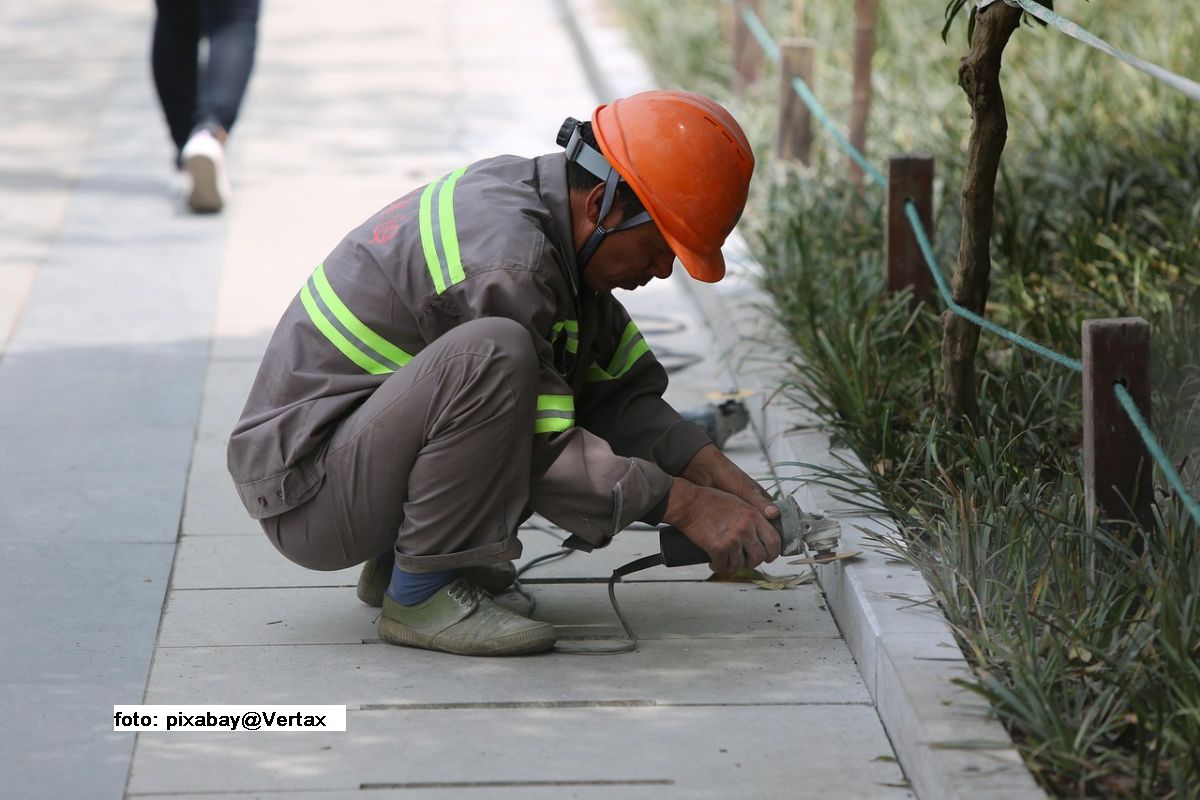Medicine on wheels
Doctor Mihai Ranete, together with other colleagues, set up the association ‘Caravana cu medici’ – ‘Medical Doctors’ Caravan’, established 10 years ago.

Christine Leșcu, 24.04.2024, 14:00
Besides the social and economic problems faced by the disadvantaged areas, especially those in the countryside, medical care is also unsatisfactory, if it’s not lacking completely. For instance, 53% of the localities in Romania do not have enough family doctors/general practitioner. The most recent statistics show that there is inequality between the rural and urban areas and in terms of the number of general practitioners’ offices. These are mainly located in urban areas, namely 6,300 offices, compared to 4,100 offices in the rural areas. More than that, the non-governmental organization ‘Save the Children’, in its efforts to help mothers and the youngest patients, discovered that one out of ten pregnant women in rural areas was not checked by the family doctor during pregnancy. At the same time, 34% of the pregnant women did not go to a gynecologist during pregnancy, and 50% of them say that the blood tests, ultrasounds, and consultations with physicians were not free. Why is that?
Silvia Burcea, program coordinator within ‘Save the Children’ NGO, has found some answers: “There are many factors involved. We are talking here about vulnerable people, who face poverty and who, on the one hand, cannot reach a physician because they live in localities located tens of kilometers away from the first county hospital, localities where there is no minibus, there is no train so that they can get to a county hospital. And these people don’t have the resources to pay for private transportation. We are also talking about people who have no medical education or who have never seen a physician. We have cases of pregnant women who, on their sixth pregnancy, have never had a medical checkup, any monitoring during pregnancy. It is therefore a combination of factors”.
Besides these factors there are other causes specific to the way the medical profession is practiced in Romania. Doctor Mihai Ranete gives us an inside perspective: “In the rural area the focus has been, as is normal, up to a certain point, on family medicine, but we need to understand that there are people living in rural areas who also need specialist consultations. And, besides the shortage of family doctors, because in most communes and villages in Romania we have a family doctor only on paper, consider that, often, they have to see quite a large number of patients or have to travel many kilometers. In addition to family medicine, there is a rather big lack of specialist doctors, and I am not necessarily referring to rural areas, but also to cities. There are counties with no pediatric specialist and there are counties where there are one or two gynecologists and so on. Doctors prefer to stay in the big medical centers where they have the necessary resources. This appears to be a disadvantage for the patients who have to travel to a large hospital where they can access a service like that. And this is a problem because many of them cannot even afford to buy their ticket to the nearest hospital to access a gynecological or a pediatric consultation.”
That is why, together with other colleagues, Mihai Ranete set up the association ‘Caravana cu medici’ – ‘Medical Doctors’ Caravan’, established 10 years ago by five resident doctors. Their help was to set up mobile offices that move through the villages of Romania, equipped with the necessary medical equipment and teams of specialist doctors. Mihai Ranete is back with details: “At present the Caravans follow three main directions, in the sense that we have 3 types of caravans. The first of them is the caravan dedicated to cardiovascular pathology for adult patients and we target the most common cardiovascular diseases. The doctors on site, helped of course by the medical equipment, manage to practically ensure a real hospitalization day right in the patients’ village. A second type of caravan is dedicated to women’s health. And that has an important educational component, and we target breast health. Breast ultrasounds are done. The patients receive vouchers to have a mammogram at the nearest center in their area. Gynecological consultations are carried out and, at the end, we offer some concrete answers. The help from “Save the Children” allows us to deepen the gynecological consultation at the moment. The three mobile units are adapted for this purpose and give us a safe and legal framework to provide these services, even next to a school or in a hilltop village. And last but not least, there are the caravans dedicated to pediatrics, where our patients are children. They also have an important educational component focused on the dental side. Children are taught what a cavity means and what proper dental hygiene means. A consultation is done in this sense and, on the other hand, there are pediatric consultations with a global assessment.”
Recently, the ‘Medical Doctors’ Caravan’ association has received important help through the partnership with the “Save the Children ” organization, which offered them three more mobile units, as we learn from Silvia Burcea: “The three mobile units are medical offices on wheels. They have medical furniture, a three-probe ultrasound and provide a safe and legal space. In order to carry out these consultations, we can go with these caravans in isolated areas, where there are no medical offices. It is very important to mention that we gather real networks around these medical units. We are talking here of partnerships with local authorities, teams of social workers, nurses who first scan and mark communities in order to identify vulnerable cases that really need urgent help, and also of multidisciplinary teams of medical specialists.”
Of course, this is only a one-time aid that should somehow be incorporated into the medical services offered by the local authorities to make it sustainable for as long as possible in the future. That’s why the following projects of the two non-governmental organizations go in the direction of expanding this type of mobile medical service to make up as much as possible for the lack of the usual infrastructure. (LS)






























